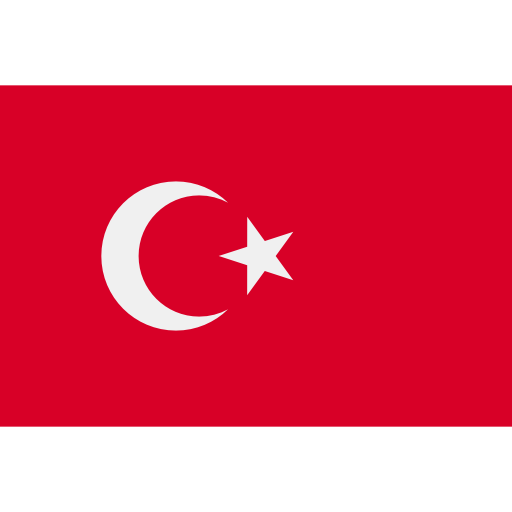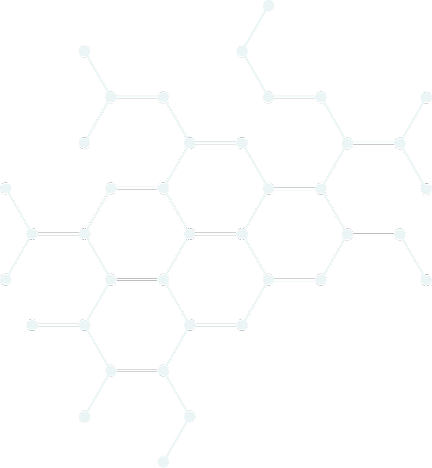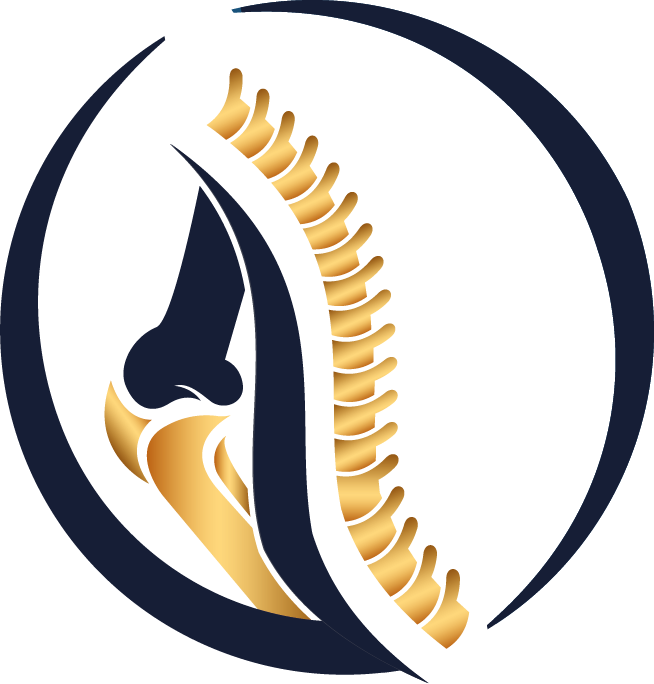What is a Rotator Cuff Tear?
The muscle groups responsible for the movement of the shoulder joint are known as the rotator cuff. In younger individuals, tears in this muscle group can occur during activities such as falling, hanging the arm, and lifting weights uncontrollably. As individuals age, a partial tear followed by a full-thickness tear may develop due to the degeneration and thinning of the muscle fibers. The wear pattern commonly observed in older individuals is often attributed to repetitive strains, inadequate blood supply, and impingement syndrome.
Over time, full-thickness tears in the muscles lead to shortening and loss of functionality, known as fatty degeneration. This process results in the bones in the shoulder rubbing against each other, eventually leading to the manifestation of shoulder arthrosis.
What types of complaints are typically observed in cases of a torn rotator cuff?
Individuals with a torn rotator cuff commonly present with various complaints that significantly impact their daily lives. The most prevalent complaint is the presence of excruciating pain, which is relentless and does not subside even during periods of rest. This pain tends to escalate at night, disturbing the individual's sleep and overall quality of life. Moreover, the affected individual often struggles with mobilizing the injured arm, facing limitations in performing basic tasks such as grooming, dressing, and reaching overhead.
The pain and restricted mobility create a challenging scenario where even simple actions become arduous undertakings. Overall, the complaints associated with a torn rotator cuff encompass a spectrum of physical and functional difficulties that necessitate prompt evaluation and management to restore optimal shoulder function and alleviate discomfort.
How is the diagnosis of a rotator cuff tear determined?
The process of diagnosing a rotator cuff tear begins with a thorough examination of the shoulder. This examination involves assessing the range of motion, strength, and any specific movements that may elicit pain or discomfort. For example, the healthcare provider may ask the patient to perform certain arm movements to gauge the extent of the injury.
Following the initial examination, the diagnosis is further confirmed through the use of diagnostic imaging techniques such as X-rays and MRI scans. X-rays can reveal any bone abnormalities or calcifications that may be contributing to the shoulder pain. On the other hand, MRI scans provide detailed images of the soft tissues, including the muscles and tendons of the rotator cuff. These imaging tests are crucial in determining the severity and exact location of the tear.
Moreover, during the diagnostic process, the healthcare provider may also consider other factors such as the patient's medical history, previous injuries, and overall health. By taking a comprehensive approach to diagnosis, healthcare professionals can ensure an accurate assessment and develop an appropriate treatment plan tailored to the individual patient's needs. In conclusion, the diagnosis of a rotator cuff tear involves a thorough examination, followed by the use of advanced imaging techniques to confirm the extent of the injury.
Treatment of Rotator Cuff Tears
The disease's stage is determined through the analysis of imaging results post physician examination. Treatment planning is based on the patient's age, occupation, engagement in sports activities, and overall activity level. In the initial phases of the condition, shoulder rehabilitation, medical interventions, and shoulder injections may be administered. Surgical intervention is contemplated after a comprehensive assessment of the tear type, stage, the tendons affected, and any accompanying pathologies.
Arthroscopic surgical procedures are employed for treatment, typically lasting approximately 2 hours. A one-night hospital stay post-operation suffices. Following surgery, the utilization of an arm sling is commonly recommended for a duration of 4-6 weeks, although this timeframe may vary depending on the specific treatment modality. Tailored post-surgical rehabilitation programs are meticulously designed for each individual patient.
Recovery Process
- Post-surgery, physical therapy plays a crucial role in restoring shoulder function and strength.
- Gradual progression of exercises is essential to prevent re-injury and promote optimal healing.
Long-Term Care
- Regular follow-up appointments with the orthopedic surgeon are necessary to monitor healing progress.
- Lifestyle modifications, such as avoiding repetitive overhead activities, may be recommended to prevent future shoulder
issues.
Patient Education
- Patients should be educated on proper shoulder mechanics and techniques to prevent further damage.
- Understanding the importance of ongoing self-care practices can aid in long-term shoulder health maintenance.
Related Articles on Shoulder Conditions
- Shoulder Impingement Syndrome
- Biceps Tendonitis
- SLAP Lesion: The Hidden Cause of Shoulder Pain
- Arthroscopic Rotator Cuff Repair: Recovery Timeline & Keys to Success
- Shoulder Replacement: When Is Surgery Needed & Which Type Is Right?
- Shoulder Avascular Necrosis (AVN): When Do You Need a Prosthesis & Which Type Fits Best?
 Türkçe
Türkçe
 Arabic
Arabic


